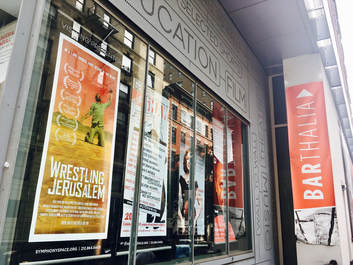 Symphony Space, New York City Symphony Space, New York City NEW YORK | September 2017 I suppose it was only a matter of time. My collaborator Michael John Garcés (director of the stage production of Wrestling Jerusalem) said he was surprised it had taken this long. I was blasted recently in the Santa Fe New Mexican—a rant not a review—accused of being “morally myopic” with our film, which had been presented in late August by Creativity for Peace and the Council on International Relations in Santa Fe. The opinion piece is a sad example of how the commitment to being right can blind us to the possibility of inter-cultural understanding. My accuser derides me for preaching moral equivalency where there is none (I refute the accusation), and by fixating on one facet of this very multi-layered work, my critic has missed the entire point of the film. Ah well…can’t win em all over. Thankfully, our audiences in New York City this month were not so alarmist, and in fact, to the contrary, received the film with remarkably nuanced, thoughtful and heart-felt reflections after every screening. The range of conversations was rich, with artists, activists, journalists, students, scholars and clergy reflecting on the film and its layered, multiple-perspective narratives. Every night 90% of the audience stayed to participate in the discussion. This high percentage of participants continues to validate one of the central assumptions of the project: that people are craving in-depth public conversation about this topic. Enough with over-simplified, polarized debate! The New York premiere on Sept 12 was followed by a conversation moderated by Bloomsberg News reporter and former NY Times Jerusalem bureau chief, Ethan Bronner with director, Dylan Kussman, executive producer, Jeannie Blaustein and me. Ethan noted, rather poignantly during the discussion, that the characters in the film are, sadly, timeless, in that they could have been people he met when he first got to Jerusalem in the early 90’s. Dylan talked about his initial inspiration to make the film as a mission to share the message of the piece with as many people around the world as possible, and Jeannie shared the insight that while the film creates a necessary conversation, it is not an easy one. Jeannie couldn’t be more on-point. Our whole team stands by that un-ease. For a host of reasons that go back hundreds, if not thousands of years, Jerusalem is a lighting-rod and to truly wrestle with this ancient city is to lay ourselves bare to multiple truths, and that is uncomfortable. And it’s also a necessary part of the process of creating a just and lasting peace. 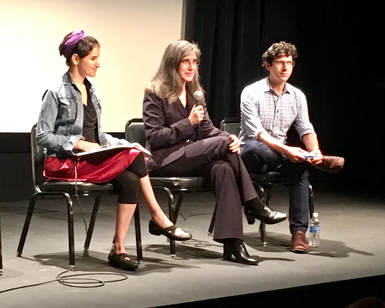 Rabbi Jessica Kate Meyer, Rabbi Marisa James and David Chapman Rabbi Jessica Kate Meyer, Rabbi Marisa James and David Chapman The second night in NY, the film was followed by a conversation lead by Rabbi Marisa James of CBST, with Rabbi Jessica Kate Meyer of Romemu and David Chapman of New Israel Fund. This gathering of minds delved deep into the symbolic layers of the film, reflecting on how one person playing all the roles specifically models how to create an empathic self, and the discovery that many characters were surprisingly teaching Torah. I was so moved by the level of intellectual engagement with the work. Dylan and I found it very gratifying to have the film deeply received on so many levels. Art needs to be truly critiqued to help it open up and find its place in the broader conversation. Of course by criticism, I mean an engagement to set a work of art in its context in terms of both form and content and to help digest the layers and meaning of the work, which the artists aren’t even necessarily aware of themselves. I’ve learned a great deal about what we made with the piece—both the film and the play—by listening to others reflect on what it means to them. 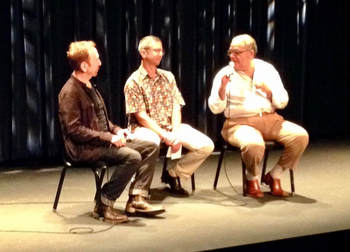 Aaron, Andy Ingall and Ruby Namdar Aaron, Andy Ingall and Ruby Namdar The third night, our NY outreach director Andy Ingall moderated a discussion with me and Israeli novelist Ruby Namdar, who won Israel’s highest literary award, the Sapir, for his novel The Ruined House, (to be published by Harper Collins in English in November). Andy paired us together with the idea that Ruby, an Israeli writing about Americans, and I, an American writing about Israelis and Palestinians, would have a lot to talk about regarding insiders and outsiders and who has the right to tell whose story. Ruby talked about the thin membrane that separates us when we create, no matter who we’re writing about. And so there is no difference if you’re writing about your native culture or about the culture you’re witnessing from the outside, if you come bearing no armor to separate yourself. I found this to be such a profound reflection and true to my experience of both writing and performing WRESTLING JERUSALEM. The divide between self and other was in constant flux during the generative period as I constantly was facing the layers inside the questions who am I? And who are you? And who are we in relation to each other? Of course, in the performance, the divide between self and other is completely demolished, if I am to be truly inhabiting the character other than myself. Emotional alchemy, I suppose. Then Ruby turned to me and asked, “are you okay? I worry about you.” I smiled. “How long can you survive with such a thin membrane as I witnessed in the film?” he asked. We went out afterwards with another Israeli writer, Yonathan Berg, drank whiskey and talked late into the night about the erotic nature of politics, the difference between American and Israeli sense of personal space and the challenges of living in the age of identity politics. The fifth night, two J Street U students from Barnard and Hunter college talked about the work they’re doing on campuses and the challenges they face engaging in the politics of Israel/Palestine. I was impressed by their commitment and by their desire to connect with other students across lines of affiliation. When I asked them what their greatest challenge is at the moment, they said it was the agenda of forces outside of campus trying to tell them what they needed to do, including formal institutions in the Jewish community wanting them to push back against anti-Israel activity. They wanted to be left alone to work on the issues themselves. I asked for examples on how they’re working on it. One example they gave me is what they call “one-on-ones”, where one student asks another student who may not agree with them on the issues, to sit down together for a coffee and just talk. They share their stories with each other, trying to allow themselves to be "vulnerable and real". Of course this was exactly what I had done during the research phase before writing Wrestling Jerusalem and I was heartened by their sense that they were making progress one person at a time. If these students are the future, there is hope! On Friday my good friend and colleague, Ari Roth, artistic director of Mosaic Theatre of DC, lead a conversation with Philip Himberg, artistic director of Sundance Institute Theatre Program and filmmaker, Juila Bacha, (director of Budrus). I joined them and Dylan chimed in here and there from the back of the theatre. Ari beautifully framed the film as capturing and preserving an historical performance. I didn’t quite know what he meant. While I’m certainly proud of the work, I’m not sure it’s historical. He went on to explain that we don’t memorialize theatre performances often. They’re ephemeral. He said that this piece grew out of a seed that he and I planted together, and it grew, as we each grew, over the past ten years. He credited Dylan for preserving a work of art, and even enhancing its breadth and depth for cinema, and making it possible for audiences to tap into this moment with us, for years to come. He and I reflected on the politics in the U.S. at the moment he commissioned me to write a play, in 2007, and the questions we were facing about what could and what could not (read, what should and what should not) be talked about re Israel/Palestine in the public spaces, and specifically in the public Jewish spaces. The play was created to push those edges. In some ways our public spaces have evolved, and in some ways they’ve devolved. Looking at the censorship Israeli artists are facing right now from the Culture Ministry, in Israel, for sure, they’ve DEvolved. Philip reflected on how the piece moved him and recalled an early workshop we did on the play together in Los Angeles that was nearly shut-down because of one right-wing board member of the new theatre that was presenting us. And Julia reflected on the film through the frame of her own work as an outsider. As a Brazilian documentary film maker, she has been able to work on the Israeli-Palestinian conflict with a kind of critical distance saved for outsiders. 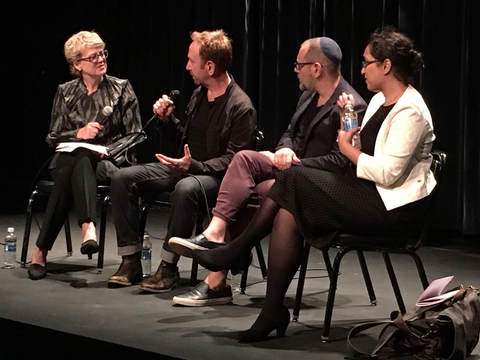 Katherine Henderson, Aaron, Rabbi Amichai and Irfana Anwar Katherine Henderson, Aaron, Rabbi Amichai and Irfana Anwar On the final night, Katherine Henderson from Auburn Seminary moderated an interfaith conversation with Rabbi Amichai Lau-Lavi, a dear friend and spiritual leader of of Lab/Shul, and Irfana Anwar, a women’s rights attorney and fellow of the Muslim Leadership Initiative of the Shalom Hartman Institute. This was a rich conversation on many levels and I wish we had recorded it. A few highlights: Amichai saw the film in relation to the current clash between the surging "non-binary" world who embrace multiplicity, complexity and diversity and the people who are clinging to a very "binary" world and are reacting to this surge of integration as a profound threat to their identity, power and way of life. In this light, the film goes much farther than the Israel/Palestine debate. Irfana talked about how she came into the theatre that night apprehensive about what a white, Jewish man would have to say about the Palestinian narrative. She was won over by what she called the “radical empathy” of the film. She was particularly taken with a portrayal of a Palestinian woman, when she realized that in the film, I was “carrying water for the other side”. She spoke about how troubling it is when one group of people is speaking for another group (and rightly so), but she felt in this instance it worked because of the dignity and humanity given to all the characters. I could not have asked for a more generous response to our film. 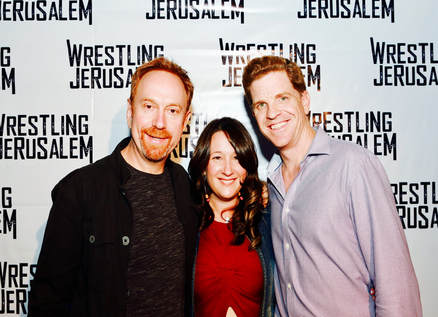 Aaron, producer Sara Schwartz Geller and director Dylan Kussman. Aaron, producer Sara Schwartz Geller and director Dylan Kussman. In summary, the New York premiere felt to me like a threshold moment for the project. I’ve been living inside this work for many years now. By some accounts 10 years, since it was in 2007 that I performed the first public readings at Ari Roth’s Voices from a Changing Middle East Festival. But it wasn’t until the fall of 2013 that I went into rehearsal with Michael John Garcés that this became my full time focus--so the more immersive timeline is 4 years. No matter, it feels like quite a long time to be with one piece, particularly these days when work is often rushed for budgetary reasons. Most new plays receive only one production and films are crammed into the pipeline to keep the pace with our world hell-bent on charging ahead. I’ve learned the commitment it takes to allow a piece to mature and I’ve benefited from growing with it. I’ve watched as its meaning continues to evolve—even as the text has stayed the same. There have been many times I’ve been ready to let it go, and yet have found time and again that it will not let me go. And so, while we continue on our Empathy Tour as producer extraordinaire, Sara Schwartz Geller fastidiously works on lining up screenings in Europe and the Middle East, (we're working on translation into Arabic, Hebrew, French, German and Russian) and our campus and community screenings continue through the 2017-18 season, and my technical director, Wolfgang Wachalovsky dusts off the backdrop for a 3-week run of the live performance at Philadelphia Theatre Company in October, I’m actually readying myself to let it go and carve out some precious time to create some new material. I'm excited to dig into new terrain. How fortunate that filmmaker Dylan Kussman had the inspired creative vision to make a film so that the project can continue to deliver its its message with or without me.
4 Comments
Alan Leavitt
10/9/2017 11:16:09 am
Well Aaron it looks as if all your hard work and rock solid commitment have paid off for you and for all of us. It is really profoundly important to understand that others may see more deeply into your work than you did when you were creating and performing it.
Reply
Leave a Reply. |
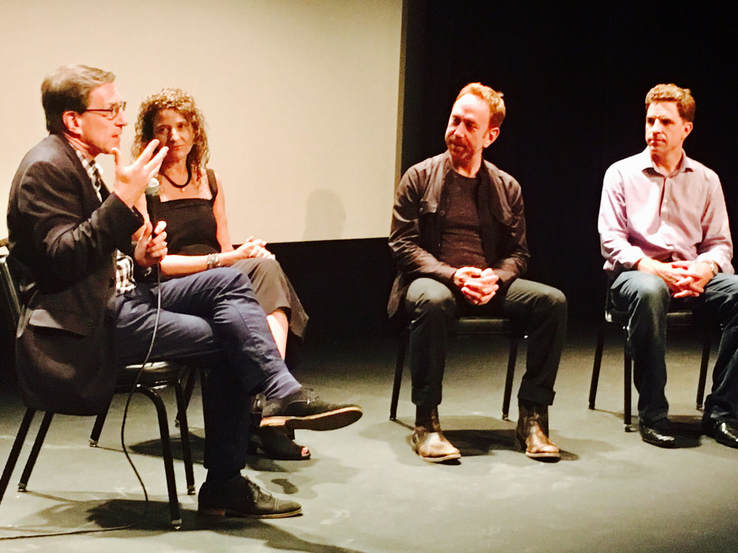
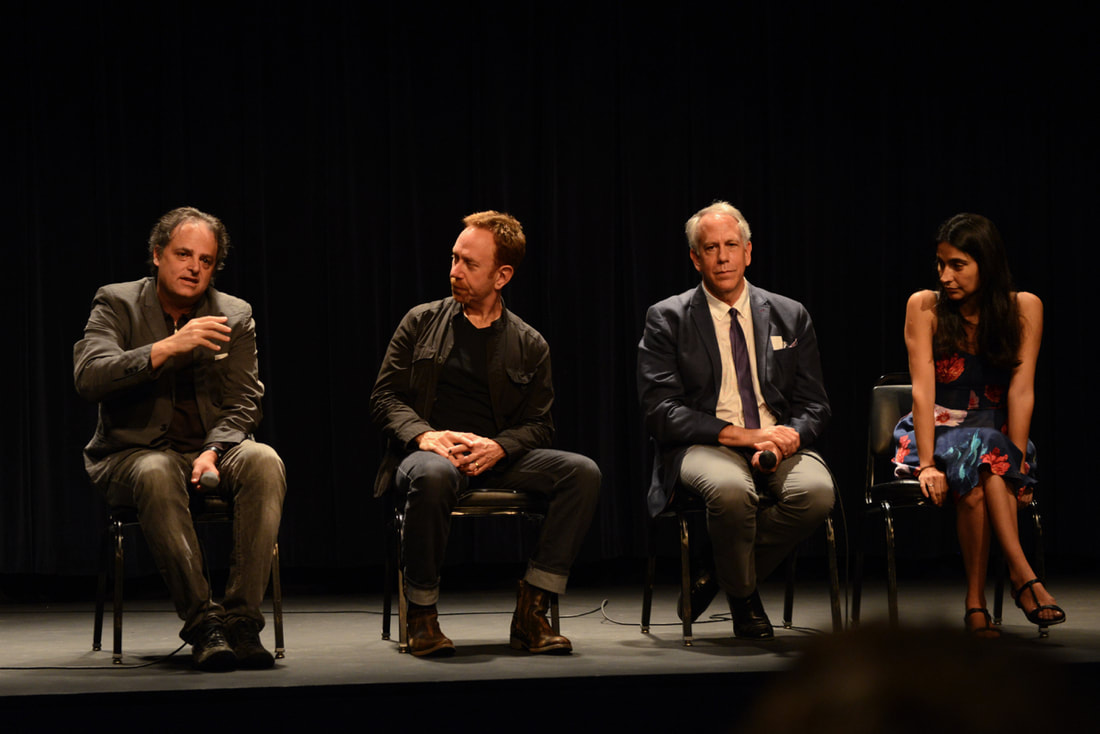
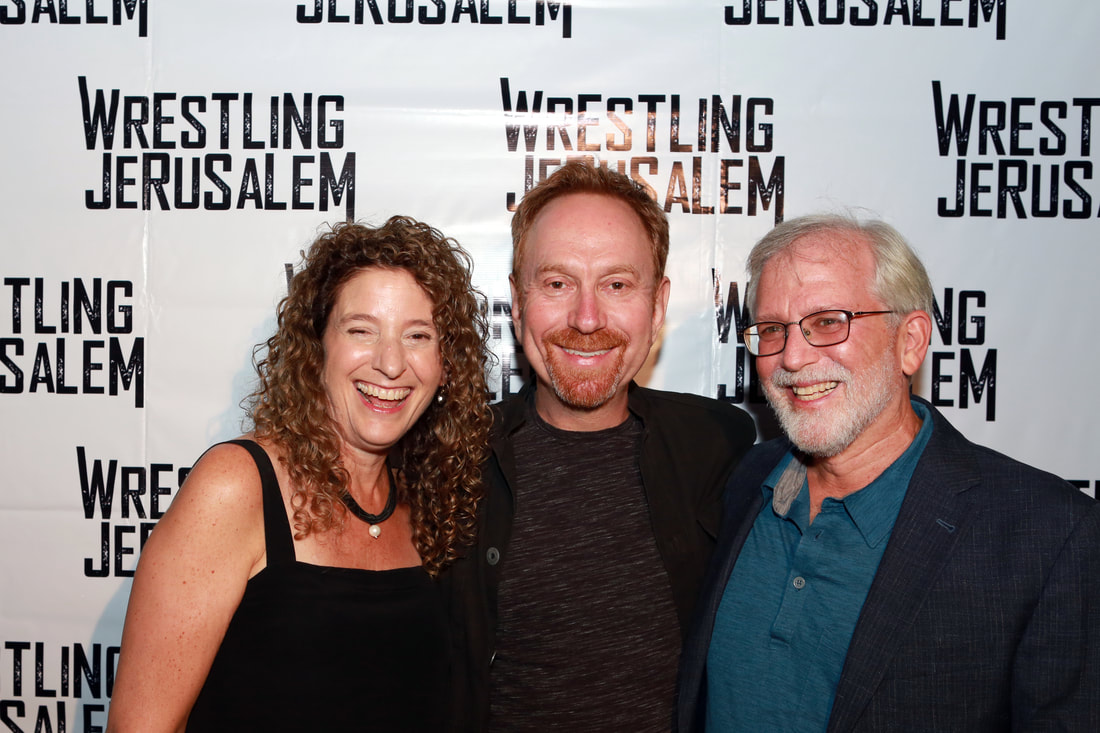
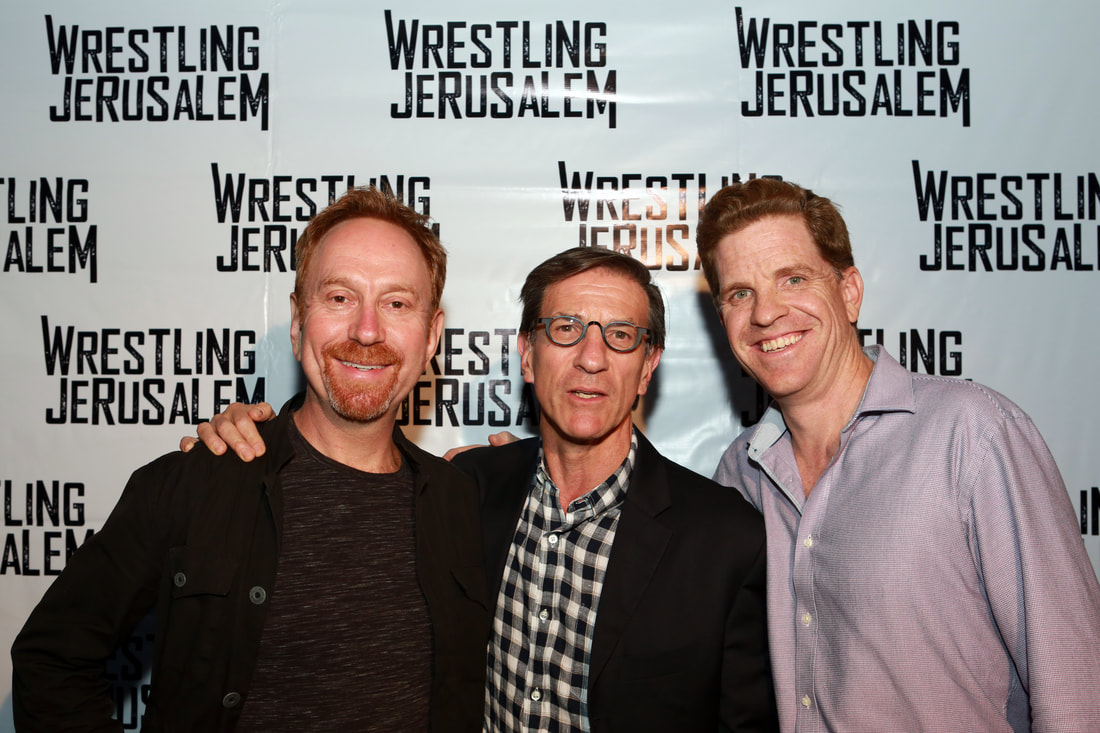
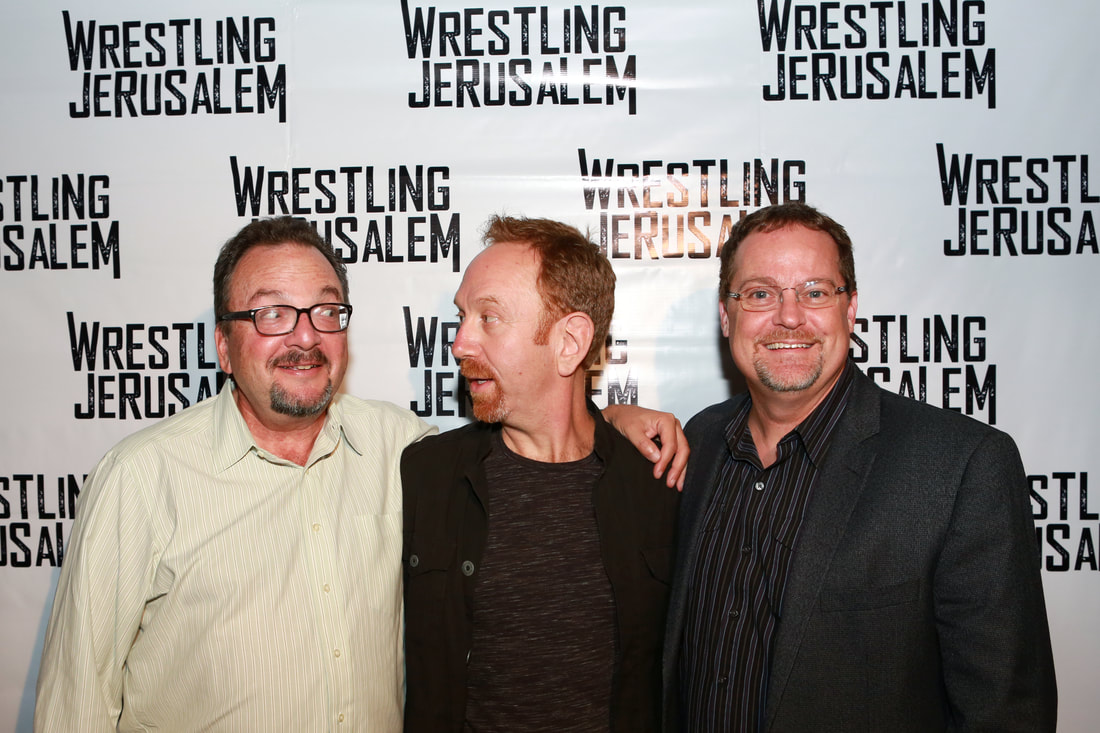
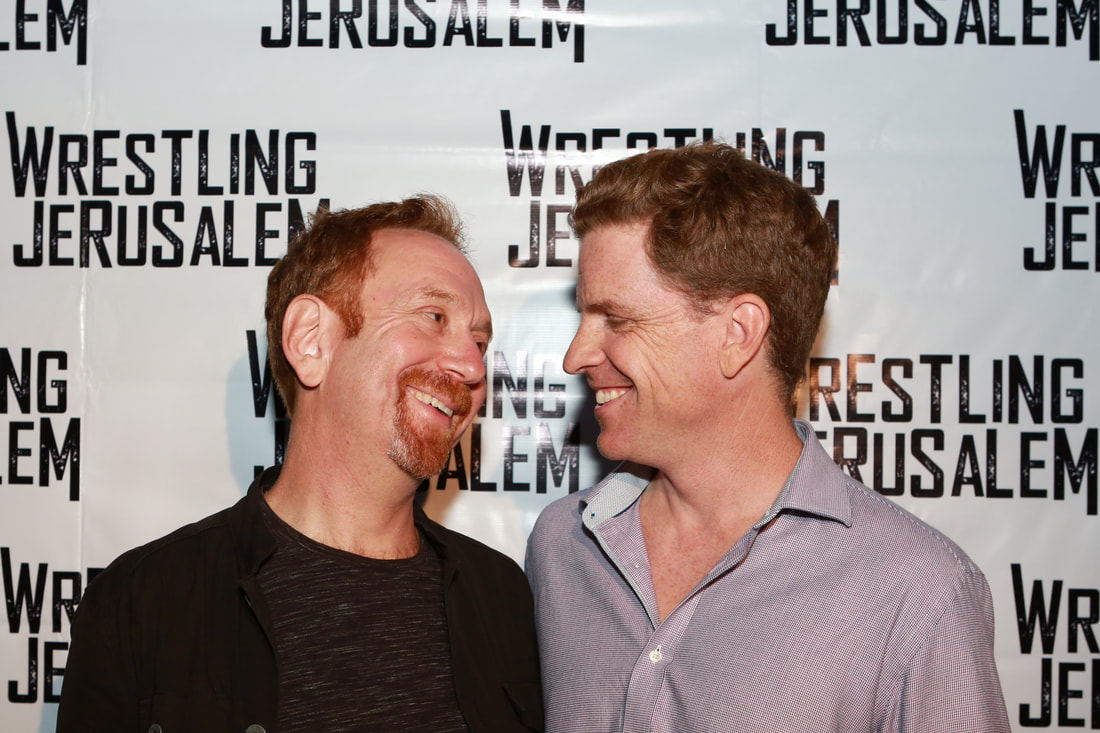
 RSS Feed
RSS Feed
